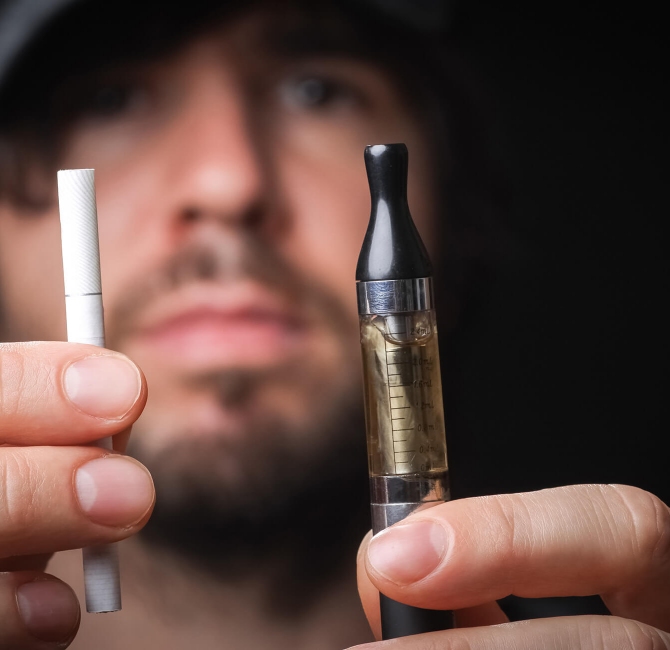Many adolescents access prescription opioids from friends or relatives for nonmedical reasons. Concern is heightened if adolescent nonmedical prescription opioid use is associated with an increased risk of subsequently initiating heroin, a drug with substantial addiction potential that poses extensive medical, psychological, social, and legal consequences.
Prescription opioids and heroin share neuropharmacological actions through a stimulation of endogenous opioid receptors and the activation of the brain’s reward circuit. Experiencing the euphoric effects of nonmedical prescription opioid use could be associated with an increased inclination for youths to try other opioid drugs, including heroin. Cross-sectional analyses of adolescents’ retrospective reports indicate an association between prior nonmedical prescription opioid use and later heroin use initiation. As cross-sectional research is limited, the absence of longitudinal, prospective data on this topic is an important gap in the literature. This prospective longitudinal cohort study estimated the association between nonmedical prescription opioid use and subsequent heroin use initiation during 42 months of follow-up in high school students in Los Angeles, California.
Abstract
Objective: To determine whether nonmedical prescription opioid use is associated with subsequent initiation of heroin use in adolescents.
Design, setting, and participants: This prospective longitudinal cohort study conducted in 10 high schools in Los Angeles, California, administered eight semi-annual surveys from 9th through 12th grade that assessed nonmedical prescription opioid use, heroin use, and other factors. Students were baseline never users of heroin recruited through convenience sampling. Cox regression models tested nonmedical prescription opioid use statuses at survey waves one through seven as a time-varying and time-lagged regressor and subsequent heroin use initiation across waves two to eight as the outcome.
Exposures: Self-reported nonmedical prescription opioid use (past 30-day [current] use vs past 6-month [prior] use without past 30-day use vs no past six-month use) at each wave from one to seven.
Main outcomes and measures: Self-reported heroin use initiation (yes/no) during waves two to eight.
Results: Of 3,298 participants, 1,775 (53.9%) were adolescent girls, 1,563 (48.3%) were Hispanic, 548 (17.0%) were Asian, 155 (4.8%) were African American, 529 (16.4%) were non-Hispanic white, and 220 (6.8%) were multiracial. Among baseline never users of heroin in ninth grade with valid data (3,298 [97% of cohort enrollees]; mean [SD] age, 14.6 [0.4] years), the number of individuals with outcome data available at each follow-up ranged from 2,987 (90.6%) to 3200 (97.0%). The mean per-wave prevalence of prior and current nonmedical prescription opioid use from waves one to seven was 1.9% and 2.7%, respectively. Seventy students (2.1%) initiated heroin use during waves two to eight. Prior vs no (hazard ratio, 3.59; 95% CI, 2.14-6.01; P < .001) and current vs no (hazard ratio, 4.37; 95% CI, 2.80-6.81; P < .001) nonmedical prescription opioid use were positively associated with subsequent heroin use initiation. For no, prior, and current nonmedical prescription opioid use statuses at waves one to seven, the estimated cumulative probabilities of subsequent heroin use initiation by wave eight (42-month follow-up) were 1.7%, 10.7%, and 13.1%, respectively. In covariate-adjusted models, associations were attenuated but remained statistically significant and current nonmedical prescription opioid use risk estimates were stronger than corresponding associations of nonopioid substance use with subsequent heroin use initiation.
Conclusions and relevance: Nonmedical prescription opioid use was prospectively associated with subsequent heroin use initiation during four years of adolescence among Los Angeles youth. Further research is needed to understand whether this association is causal.



